
3,114

86%

$88,304

41.2%

America/New_York

10974
The WikiXM 'Sloatsburg' platform is your gateway to becoming an active part of our vibrant community, regardless of your age or how long you've called 'Sloatsburg' home. It's more than just a news platform; it's a thriving hub where the collective wisdom of every 'Sloatsburg' resident converges to ignite discussions, foster learning, and empower one another with knowledge about our beloved town.
Here in 'Sloatsburg', we have a diverse tapestry of residents. Some have roots that run deep, their knowledge steeped in the rich history of our town. Others are students, dedicated to keeping us updated on school activities, while many are committed to sharing the ebb and flow of daily life.
What's more, from a civic and political perspective, there are countless opportunities for you to join in. Many in our community offer updates on policies and decisions, offering their unique insights. This platform is where all these local perspectives meld together, creating a better place for everyone to live, regardless of your age or how long you've been a part of 'Sloatsburg'.
So, whether you're a long-time resident or a newcomer, young or old, WikiXM is your invitation to dive into the heart of our community, to engage, and help us all create a more vibrant, inclusive, and connected 'Sloatsburg'. Join us and let's make a difference together!
Sloatsburg, NY - History
We would like to provide the residents of Sloatsburg a basic history overview.
Welcome to the Sloatsburg Home page. The Sloatsburg Home page provides as much information as possible on Sloatsburg. Knowing Sloatsburg’s history is essential to guiding its future. Within Sloatsburg’s Home page, you will also find Sloatsburg’s Founders, Holiday, and Birthday sections.
Sloatsburg has a population of 3114. 51.3% of Sloatsburg’s inhabitants are Male, and 48.7 are female. 53.8% of Sloatsburg is married and 85.8% own their own home. The Average Home price is $360,566, and the average rent is $1,873. Household median income in Sloatsburg is $88,304, and the individual median income is $55,306. Sloatsburg’s Ethnic is the following: White(86.8%), Hispanic(10.1%), Black(4.1%), Asian(3.5%), Multiple(3.5%), Other(2%).
The land that would become the village of Sloatsburg was part of the hunting grounds of the Minsi band of the Leni Lenape Indians, whose people occupied much of the mid-Atlantic area at the time of European encounter. The area was the site of a major Indian path through the Ramapo Mountains. The path was later improved as the New York to Albany road and, in 1800, the Orange Turnpike.
It remains an important thoroughfare today as the New York State Thruway, New York State Route 17 and the Norfolk Southern Railway line run along its route. Wynant Van Gelder, an ethnic Dutch colonist, purchased the area from the Minsi in 1738. In 1747, he gave it to his father-in-law, Isaac Van Deusen.
When his daughter Marritge Van Deusen married Stephen Sloat, Isaac gave the couple the land in 1763. They built a stone house on the property and operated a tavern, which was a regular stop on the New York-to-Albany stage route. During the American Revolution, the Sloat House was headquarters for American troops stationed in the Ramapo Pass.
The house is a private residence, listed on the National Register of Historic Places. There he established Sloat's Tavern, which became a regular stop on the New York to Albany stage route. Sloatsburg, originally Pothat, was named after the Sloat family. During the American Revolutionary War, the stage route became an important military route and the Ramapo pass an important strategic point, occupied by American troops throughout the war.
George Washington traveled through the area several times and stayed in Sloat's Tavern at least once, on June 6, 1779.After the war, the Sloats added a tannery and a cotton mill. One of the sons, Jacob Sloat, was a gifted mechanic. He opened a mill in 1815 for making cotton cloth, importing cotton from the South.
He successfully turned to making exclusively cotton twine after patenting a process for dressing it in 1840. At peak, he produced around 8,000 pounds (3,600 kg) of twine per week. The family operated the mill until the Civil War, when it close temporarily for lack of cotton. It was one of numerous mills near New York City that produced cotton textiles; in 1860 half the exports from New York were cotton products.
The mill ceased operations in 1878, after the South developed its own textile mills. In the early 19th century, Abram Dater built an iron forge on the Ramapo River, and a grist mill and a saw mill soon followed. Between 1836 and 1841, the Erie Railroad built a line through Sloatsburg, resulting in a major increase in the population and prosperity of the village.
After the Civil War, the village prospered until the great flood of 1903 destroyed most of the factories in the town. First built close to the river for its water power, many were never rebuilt. During Prohibition, Sloatsburg's rural setting and proximity to New York City made it an attractive location for stills and bootlegging; the gangsters running the operations also occasionally used the local woods to dispose of bodies of those killed in the course of business.
In 1929, with a population of 1,559, Sloatsburg was incorporated as a village, with David Henion elected as the first mayor. The rise of the automobile early in the 20th century had a profound impact on the area. Prior to construction of the New York State Thruway and the Palisades Parkway in the 1950s, Sloatsburg was cut in half by automobile traffic, which could back up for miles in the 1940s and 1950s on the Orange Turnpike.
Over the Fourth of July weekend in 1952, the backup extended for 8 miles (13 km).
The Sloatsburg, NY founder's page is dedicated to those people in the Sloatsburg, NY area that initially made the Sloatsburg, NY WikiXM news a reality. Without their initiative, foresight and social fortitude the Sloatsburg, NY WikiXM news would not have happened. Like all those that have come before us, these founder saw what others... Read More
The Sloatsburg, NY founder's page is dedicated to those people in the Sloatsburg, NY area that initially made the Sloatsburg, NY WikiXM news a reality. Without their initiative, foresight and social fortitude the Sloatsburg, NY WikiXM news would not have happened. Like all those that have come before us, these founder saw what others couldn't - potential in a new way of doing an old medium - a new way of providing the news to the people around them.
With various live chat features, you can engage with locals in a virtual conversation.
Create & post topics in "town" you love like Sports, Entertainment
Ask questions about local services, where to find local activies or get other local advice from those that live in your town.
Create a local group in an area of your interest like Mt. Bikiing, Hiking, a book group.
See what we've included about your town and how can get to know your towns history much better and participate in its future.
The Sloatsburg, NY founder's page is dedicated to those people in the Sloatsburg, NY area that initially made the Sloatsburg, NY WikiXM news a reality. Without their initiative, foresight and social fortitude the Sloatsburg, NY WikiXM news would not have happened.
No Founding Member in Sloatsburg, NY.
The Sloatsburg, NY founder's page is dedicated to those people in the Sloatsburg, NY area that initially made the Sloatsburg, NY WikiXM news a reality. Without their initiative, foresight and social fortitude the Sloatsburg, NY WikiXM news would not have happened.
No Articles in Sloatsburg, NY.
The Sloatsburg, NY's Reporters play an important role in keeping their communities informed. They investigate stories, write articles, and inform the public about what is happening in their area.
No Reporters in Sloatsburg, NY.
See More
The Sloatsburg, NY founder's page is dedicated to those people in the Sloatsburg, NY area that initially made the Sloatsburg, NY WikiXM news a reality. Without their initiative, foresight and social fortitude the Sloatsburg, NY WikiXM news would not have happened.
No Items Found in Sloatsburg, NY.
See More
The Sloatsburg, NY founder's page is dedicated to those people in the Sloatsburg, NY area that initially made the Sloatsburg, NY WikiXM news a reality. Without their initiative, foresight and social fortitude the Sloatsburg, NY WikiXM news would not have happened.
No Groups Found in Sloatsburg, NY.
Start a discussion, not a fire. Post with kindness.
No Live Chat in Sloatsburg, NY
KNOW YOUR TOWN REPRESENTATIVES
SLOATSBURG Representatives
Mayor : Peter J. Akey
Ramapo Town Council Member
Ramapo Town Council Member
Ramapo Town Council Member
Ramapo Town Council Member

Rockland County REPRESENTATIVES
Rockland County Executive
Rockland County District Attorney
Rockland County Clerk
Rockland County Sheriff
NEW YORK REPRESENTATIVES

ASSEMBLY REPRESENTATIVES













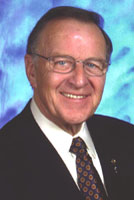




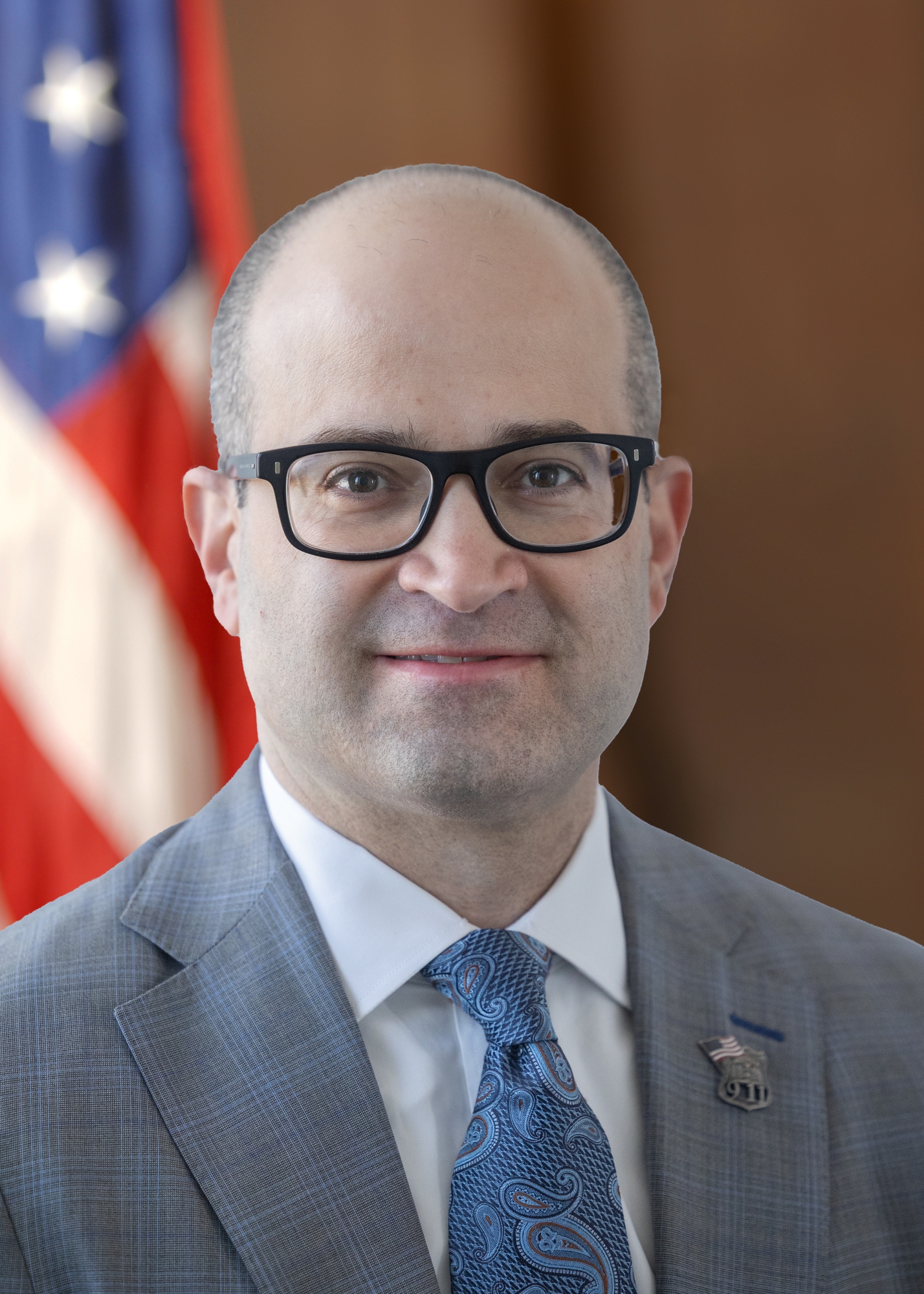










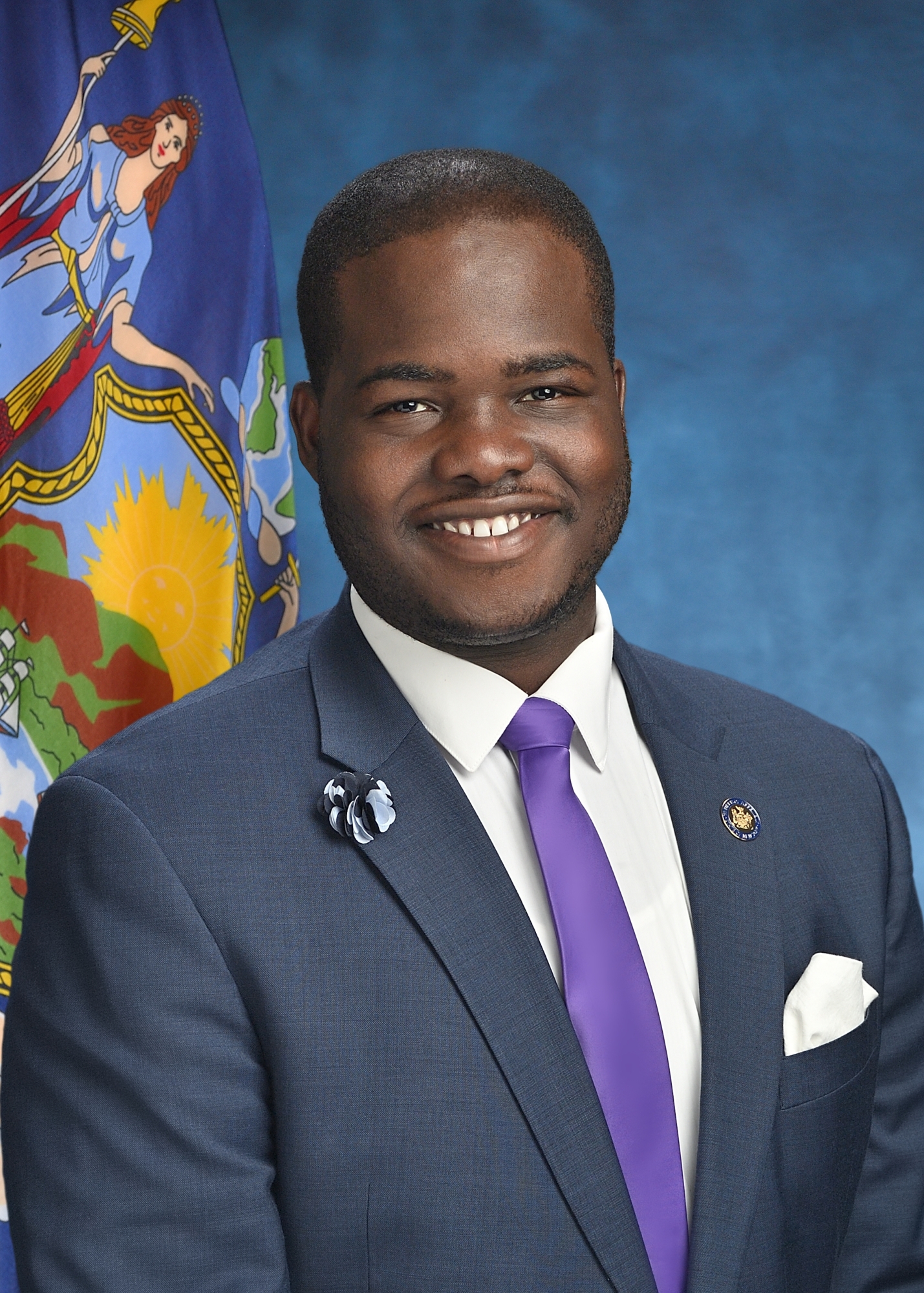









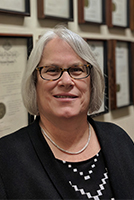





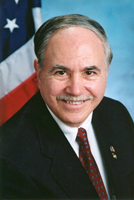



































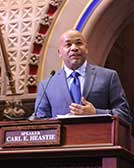





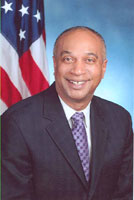












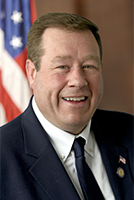

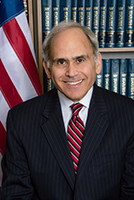





















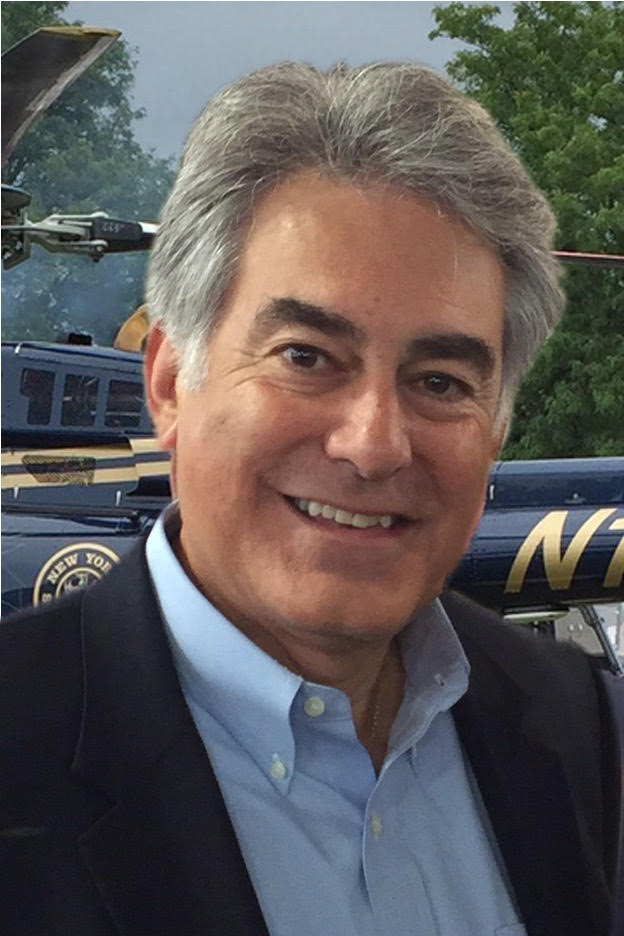
















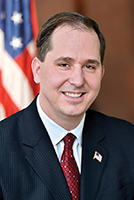
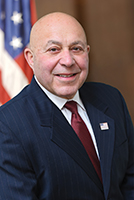





SENATE REPRESENTATIVES










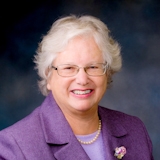




















































FEDERAL REPRESENTATIVES









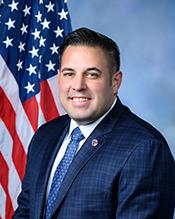






















The site is protected by reCAPTCHA
Please select the Terms of Service (TOS) that are affected by or relevant to this article. Your selection will help us understand why you are flagging this article.
WikiXM use cookies to ensure that we give you the best experience on our website. If you continue to use this site we will assume that you are happy with it. Read more about cookies here
Introducing Your Local Garage where you can post and sell everything you have wanted to sell.

Post upto 5 items for free. After that it's just $20 a year to post up to 50 items in your own Garage.
Directly Communicate with buyers.
Get direct feedback from Buyers to improve your postings.
Receive updates and reminders on items posted but not sold to improve sales.
Selling analytics
Your Garage will come with more selling features to help you get your items sold fast!
The site is protected by reCAPTCHA
You need to verify your email to proceed
The site is protected by reCAPTCHA
The site is protected by reCAPTCHA
Welcome to WikiXM. Become the voice of your town.
Sign up now
The site is protected by reCAPTCHA
WikiXM is a local news platform that brings local news back to your town. WikiXM is where users can create, discuss and read the news that's important to them. Your town has 1000's of activities going on every day, with many different viewpoints that make your town unique. On WikiXM, viewers can create articles, read, comment and contribute to other articles to bring out viewpoints that make your town unique. Our goal is to enable each town to gain full insight into every aspect of the news and topics that are impacting it. WikiXM is where civil conversation can be had and insight gained.
The WikiXM news platform promotes the local user audience to monitor the news in ways that fits each town's needs. The users monitor and help keep content civil by a flagging and rating system that promotes positive activity and demotes or removes negative activity.
We also promote those that initiate their towns WikiXM news site through our founder pages. The Founders are forever kept on the town's founder pages and are promoted on a frequent basis.
WikiXM promotes reporters that the town reads and rates highly. Reporters will be highlighted and given higher article ranking as they build their following and ranking. Reporters that achieve certain status levels will be given more privileges and greater status within their town's platform.
As WikiXM grows, articles will achieve higher levels of readership and geography. Whats discussed in one town may be important in others regardless of location. Our goal is to make our reporters rock stars!
There are a million interesting topics going on in your town today, report and discuss them on WikiXM. One day, the world may be following you.
The site is protected by reCAPTCHA
Town Requested
The site is protected by reCAPTCHA
The site is protected by reCAPTCHA
Welcome to Bernardsville, New Jersey town news page.
The site is protected by reCAPTCHA
Welcome to WikiXM. Become the voice of your town.
Sign up as a reporter
The site is protected by reCAPTCHA
 Welcome:
Welcome:
